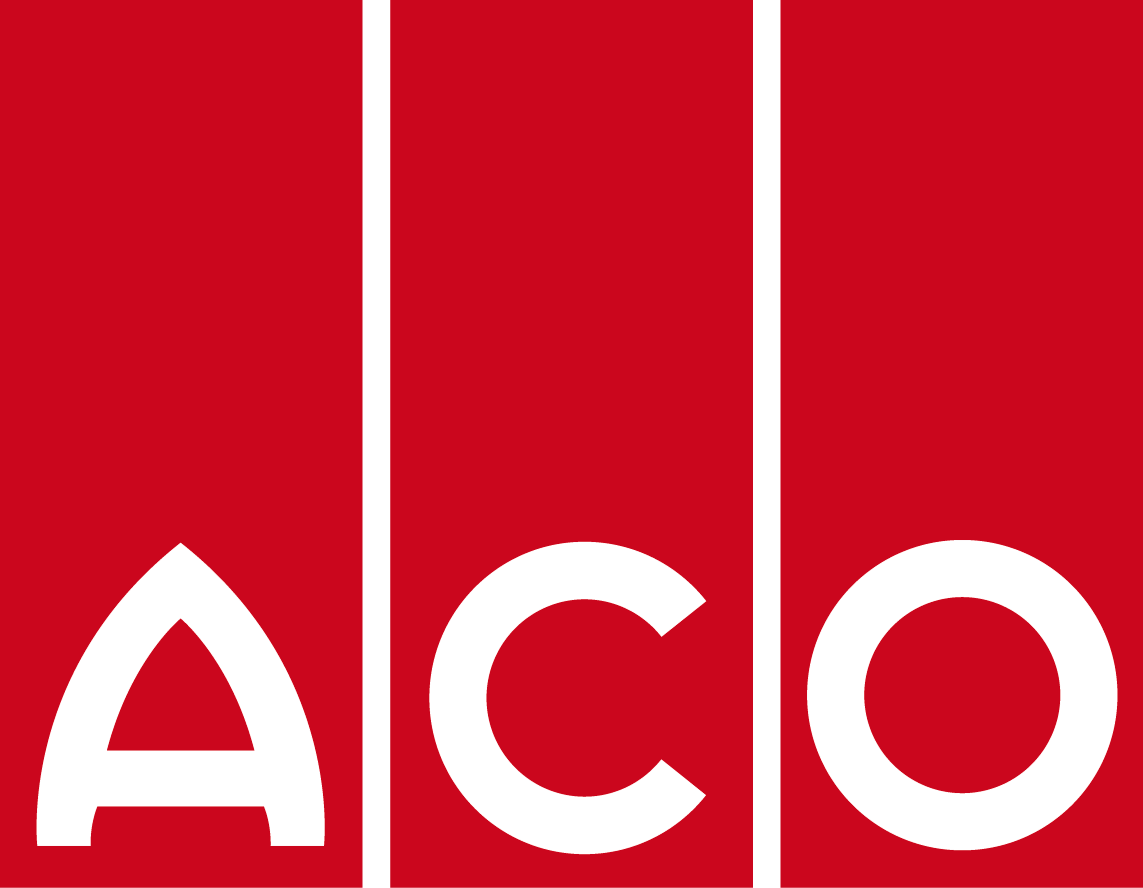Frequently Asked Questions
For a bathroom with a single primary drainage trap, there are two types of bathroom drains. A trapped central floor waste (overflow gully) and other waste outlets from a bathroom’s fixtures (showers, basins, bathtubs etc.). The drains from these fixtures (secondary drainage) are connected to the central floor waste (primary drainage). These form part of a bathroom’s interconnected pipe system.
Some bathrooms are plumbed with separate traps to each fixture.
For more info, click here
Floor wastes offer a point drainage outlet, typically located at the centre of the shower area and/or bathroom floor.
For more info, click here
A linear grate and channel is a long thin surface drain that can be located anywhere within the shower area and requires simple 2D grading of the floor towards it.
For more info, click here
This is driven by the hydraulic requirements of the bathroom
Grates and channel outlets are necessary water capture and plumbing elements, but may have some restriction on the water flow into the drainage pipe, particularly if debris (scum, hair etc.) is present.
Using a debris strainer will reduce debris induced flow restriction. The efficiency of a shower’s linear drain or floor waste is critical, particularly for level threshold drainage.
For more info, click here
It depends on whether they are for new bathrooms or for retrofit bathrooms. Different methodologies also exist for both concrete or timber floors.
For more info, click here






